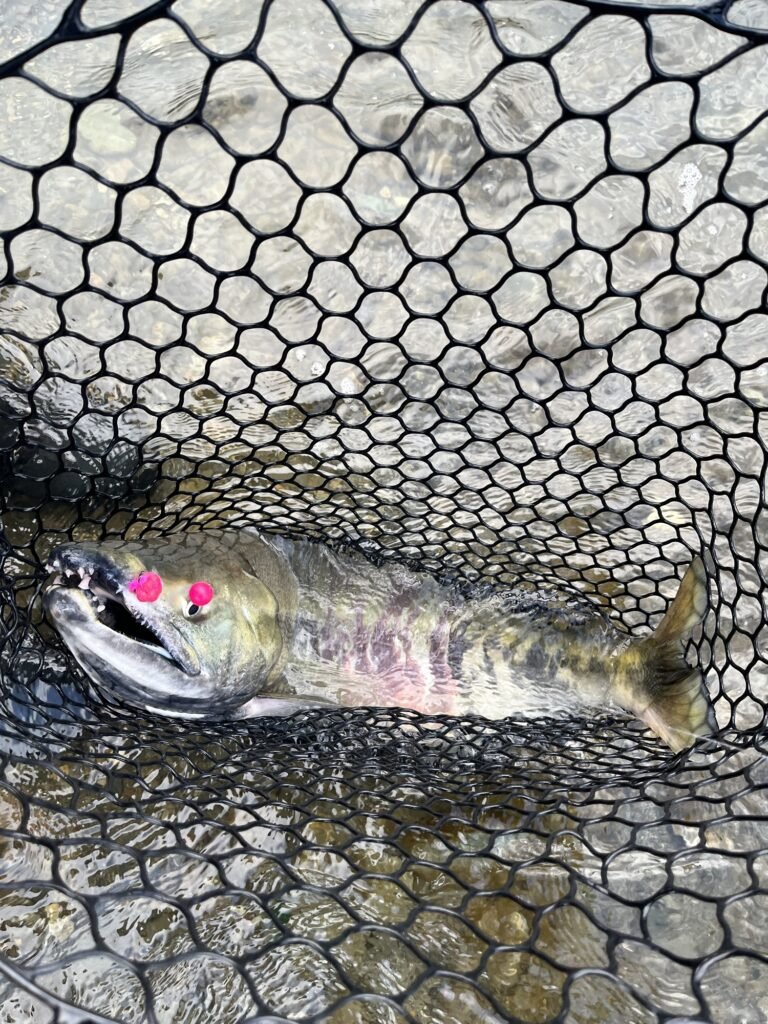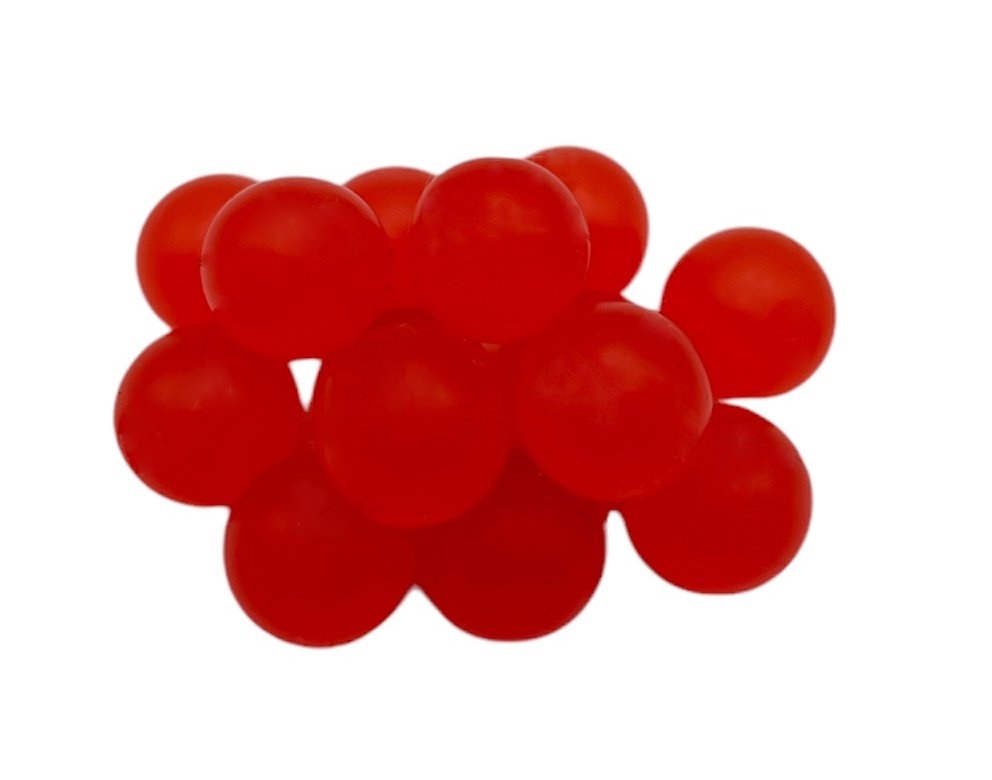Our Top Tips for Float Depth Adjustments for Fishing
Float depth adjustments are key for fishermen. As anglers, we’ve all faced the frustration of waiting for a bite that never comes. Often, the problem is the wrong float depth. At BeadnFloat, we know how critical precise depth control is in float fishing. That’s why we offer Soft Beads in sizes 6mm to 19mm to help you get it just right.
Getting the float depth right can make a huge difference in your fishing success. In this article, we’ll share our best tips for adjusting float depth. These tips will help you catch more fish.
Key Takeaways
- Understand the importance of precise depth control in float fishing
- Learn how to fine-tune your float fishing rig with BeadnFloat’s Soft Beads
- Discover top tips for adjusting float depth to improve your fishing results
- Improve your chances of catching fish with the right float depth calibration
- Enhance your overall fishing experience with our expert advice
Why Proper Float Depth Matters for Fishing Success
Mastering float depth control can greatly improve your fishing success in Canada’s diverse waters. Setting the float at the right depth is key. It ensures your bait or lure is presented at the level where fish are most active.
The Direct Impact on Your Catch Rate
Getting your float depth right can significantly boost your catch rate. When your float is at the perfect depth, it attracts fish and encourages them to bite.
Here are some key points to consider:
- Correct float depth increases the chances of your bait being seen by fish.
- Improper depth can lead to missed bites or failure to attract fish.
- Adjusting float depth allows you to target specific fish species.
Understanding Fish Feeding Zones in Canadian Waters
Canadian waters host a variety of fish species, each with its preferred feeding zones. Knowing these zones is vital for setting the correct float depth.
Some common feeding zones include:
- Surface waters where baitfish are present.
- Mid-water levels where species like trout are often found.
- Near-bottom areas where larger species like pike and bass tend to feed.
Common Float Depth Mistakes to Avoid
Avoiding common mistakes in setting float depth can greatly enhance your fishing success. Some common errors include:
- Fishing too deep, which can result in dragging your bait across the bottom.
- Fishing too shallow, missing deeper-feeding fish.
- Failing to adjust for changes in water level or current.
Essential Equipment for Precise Float Depth Adjustments
Precise float depth control is key in fishing. It starts with the right equipment. Anglers need the right tools and tackle for the best results.
Selecting the Right Float for Canadian Fishing Conditions
Choosing the right float is vital for fishing in Canada. The right float lets you adjust the depth perfectly. Water conditions, fish species, and fishing style all matter in picking the best float.
Using BeadnFloat Soft Beads as Effective Float Stoppers
BeadnFloat Soft Beads are great for float stoppers. They offer flexibility and work well. These beads help you make small adjustments to the float depth.
Size Selection Guide: From 6mm to 19mm
BeadnFloat Soft Beads come in sizes from 6mm to 19mm. The right size is key for the perfect float depth.
Color Choices for Various Canadian Waters
The color of the soft beads matters too. It helps match different Canadian fishing conditions. The right color improves your ability to adjust the float depth.
Additional Tools for Fine-Tuning Your Setup
More than just a float and BeadnFloat Soft Beads are needed. Swivels, weights, and other tackle help fine-tune the float depth. These tools are essential for the perfect setup.
5 Expert Techniques for Float Depth Calibration
We’ve found key techniques to help you calibrate your float depth for better fishing. Learning these methods will improve your chances of catching fish in Canadian waters.
The Plumbing Method: Finding the True Bottom
The plumbing method uses a weighted sinker to find water depth. It’s key for understanding the underwater landscape and adjusting your float depth.
Attach a weight to your line and drop it to the bottom. Then, adjust your float to match the depth. This ensures your bait or lure is at the right level.
The Two-Thirds Rule for Standard Fishing Spots
The two-thirds rule is simple yet effective for standard spots. Set your float depth to two-thirds of the water’s total depth. It’s great for areas with known fish habitats.
- Measure the total depth of the water.
- Calculate two-thirds of this depth.
- Adjust your float to this calculated depth.
Adjusting for Current and Wind in Canadian Lakes and Rivers
Current and wind can change your float depth. In Canadian lakes and rivers, adjust your float depth for these factors.
In strong currents, adjust your float depth to keep your bait from being dragged or suspended too high.

Using BeadnFloat Soft Beads for Quick Depth Modifications
BeadnFloat Soft Beads are great for quick depth changes. These soft beads can be slid along the line to adjust the float depth without re-tying.
They allow for fine-tuning your presentation and adapting to changing conditions.
Fine-Tuning Based on Fish Feeding Patterns
Observing fish feeding patterns is key for fine-tuning your float depth. By understanding how fish are feeding, you can adjust your float depth to present your bait or lure effectively.
For example, if fish are feeding on the bottom, adjust your float depth to reach the bottom.
Seasonal Strategies for Optimal Float Depth Settings in Canada
In Canada, changing seasons mean we must adjust our float depth for fishing success. Each season brings its own challenges and chances for anglers. Knowing how to change our float depth is vital for catching more fish.
Spring Tactics: Navigating Runoff and Rising Waters

Spring in Canada brings big changes with runoff and rising waters. We must adjust our float depth to match the water flow and fish movements. Using
Summer Approaches: Dealing with Thermoclines and Warm Water
Summer brings thermoclines and warm water, changing fish behavior. We need to fine-tune our float depth to find fish. Adjusting our float buoyancy levels helps us present bait in the right spots.
Fall Fishing: Following Baitfish Movements
Fall fishing focuses on baitfish movements to find fish. By adjusting our float depth to follow these movements, we increase our catch chances. We watch baitfish activity and adjust our float depth to match.
Winter Ice Fishing: Precise Depth Control in Cold Waters
Winter ice fishing requires precise depth control. Cold water makes fish picky about where they feed. We use fine-tuning float depth techniques to get our bait to the exact spot where fish are.
Conclusion: Perfecting Your Float Depth for Better Fishing Results
Mastering the art of float depth control is key to success in float fishing. Understanding the right depth and using the right tools, like BeadnFloat Soft Beads, boosts your catch rate. Our methods, like the plumbing method and the two-thirds rule, help you adjust to different Canadian fishing conditions.
Seasonal strategies are also important for float depth settings. Adapting to water changes and fish behaviors all year keeps your fishing effective. At BeadnFloat, we aim to help you control float depth better and improve your fishing with our products and advice.
With the knowledge from this article, you’re ready to fine-tune your float depth. Enjoy more success on the water.


Add comment